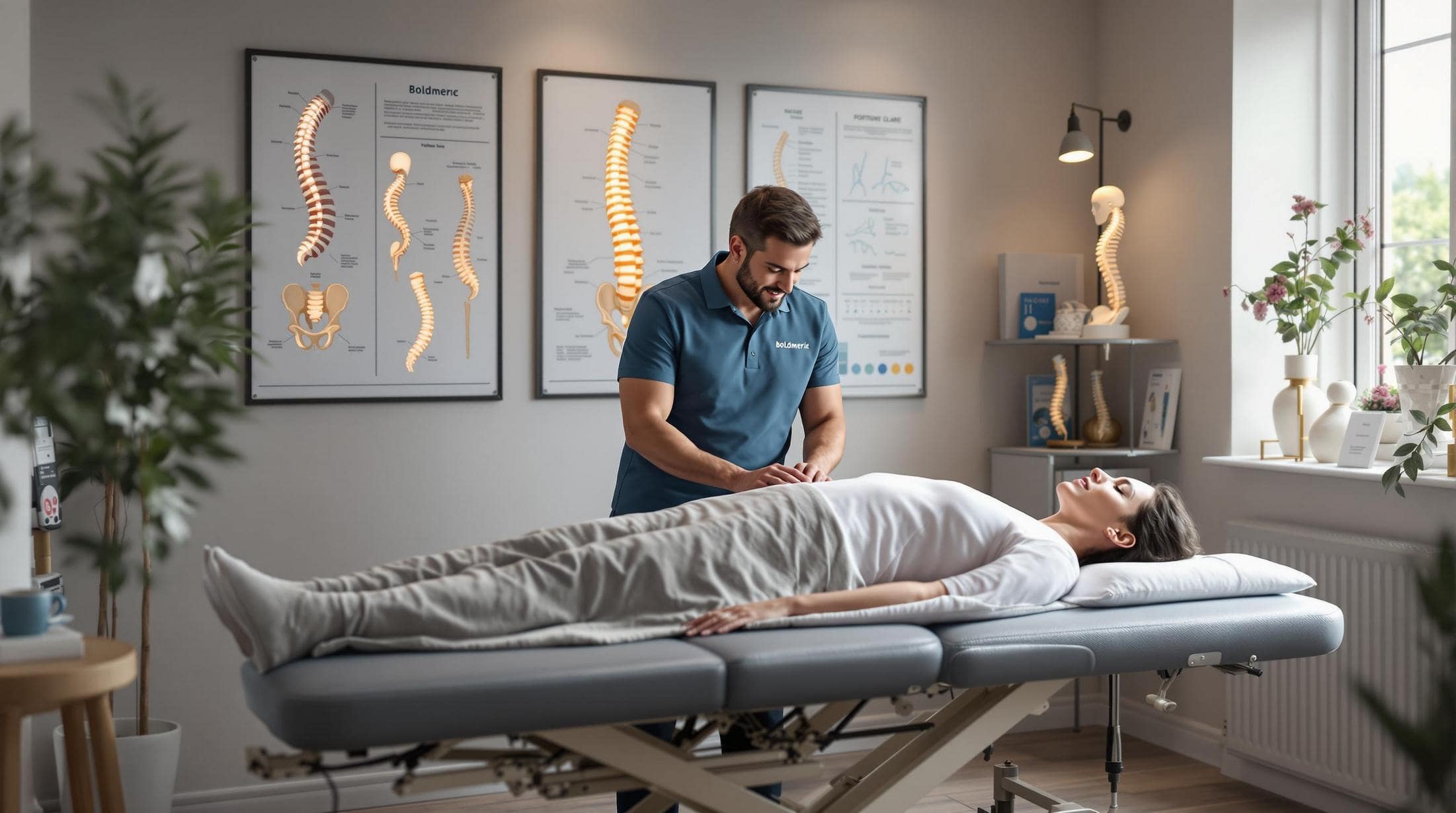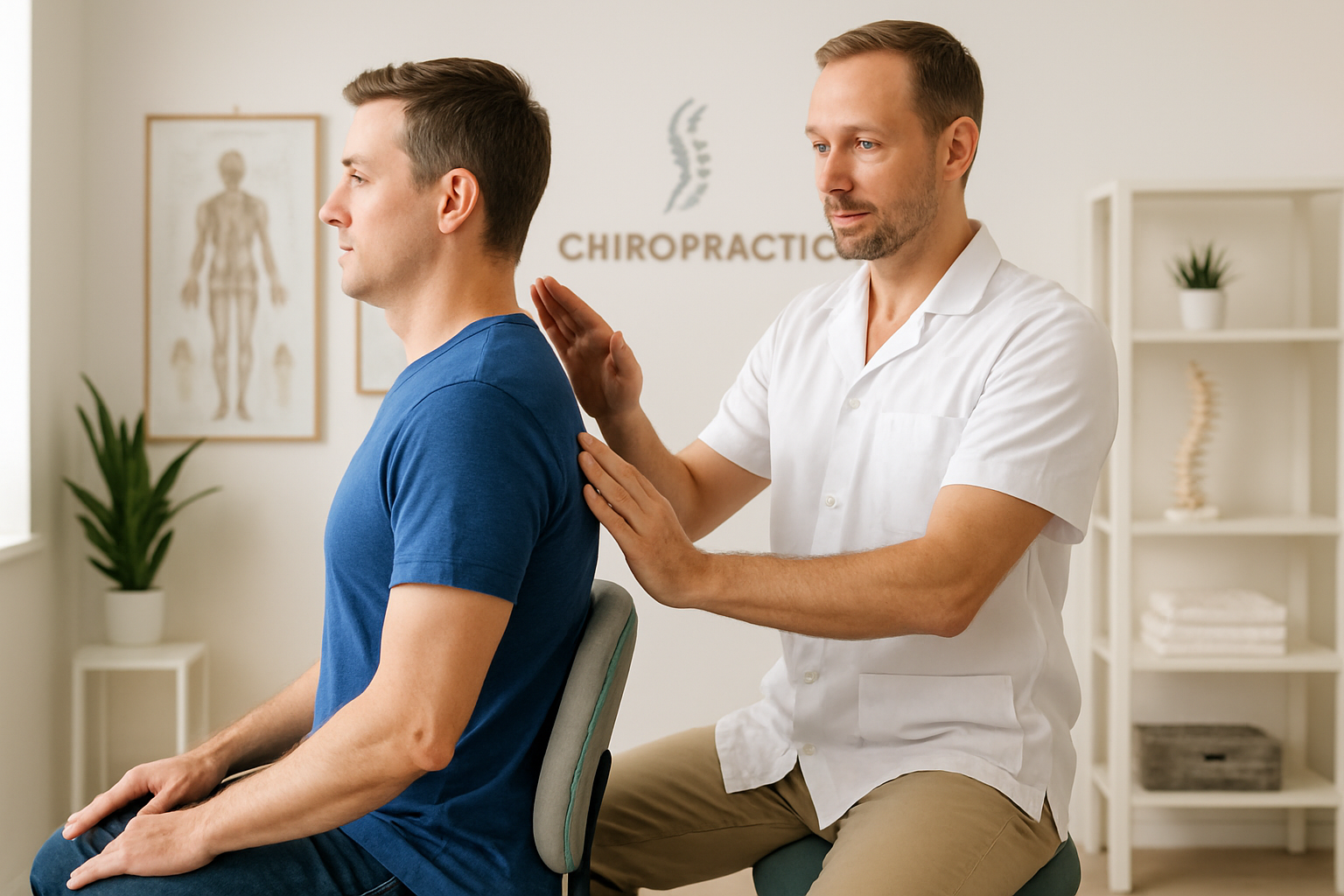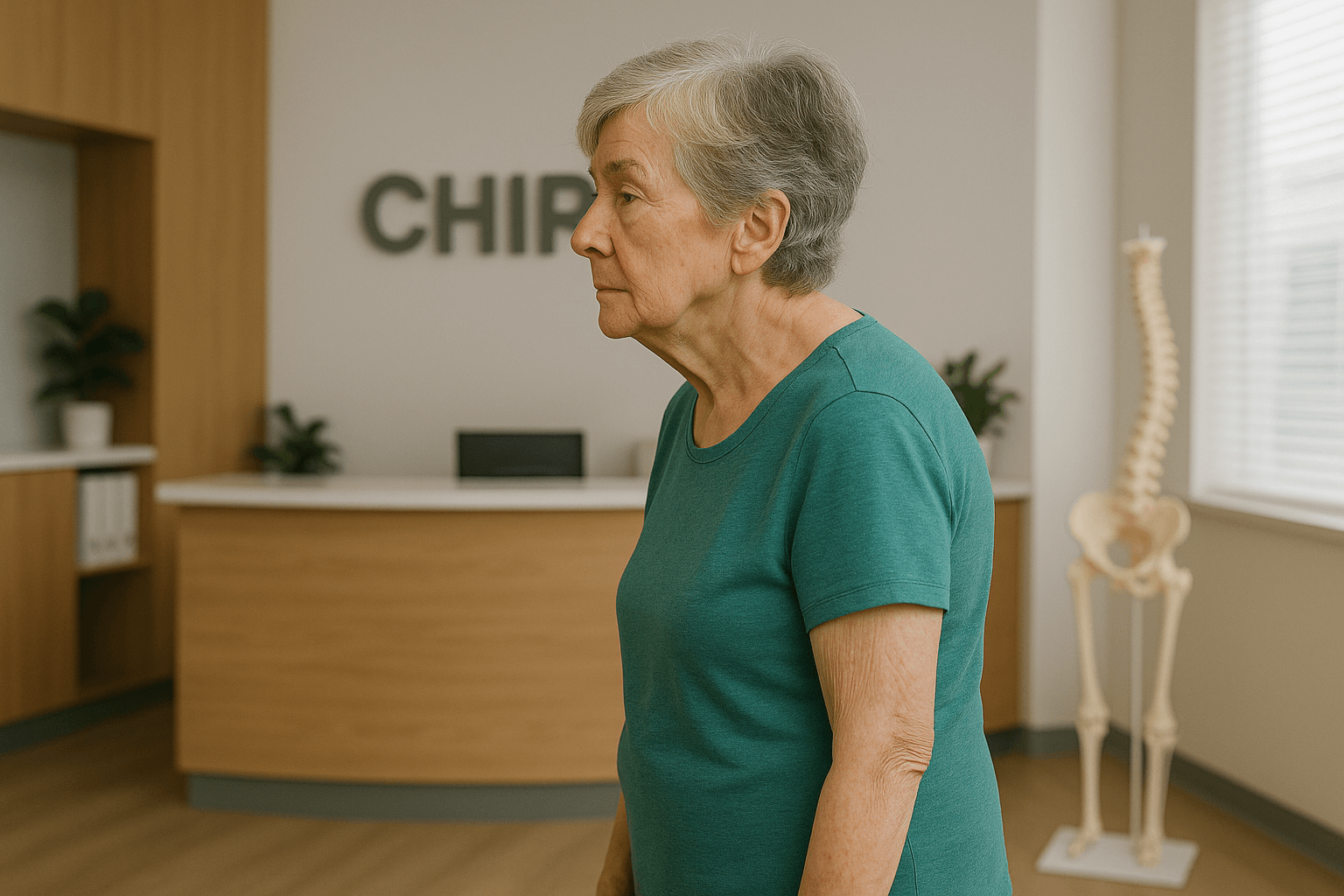Whether you’re commuting daily or driving long distances for work, your time behind the wheel could be doing serious damage to your spine. The way you sit, move—or don’t move—during a drive directly affects your posture, spinal alignment, and long-term health.
As a leading chiropractor serving Sutton Coldfield and Birmingham, we’ve seen firsthand how driving and spine issues are closely linked. Here’s what you need to know to protect your back, avoid chronic pain, and stay aligned on the road.
Jump To:
TLDR – Quick Guide
- Long periods of driving promote spinal compression and poor posture.
- Common issues include lower back pain, tight hips, and forward head posture.
- Improper seat setup and lack of movement are major contributors to misalignment.
- Postural correction and chiropractic care can reverse damage caused by daily driving.
- Simple changes to your driving habits can dramatically reduce pain and improve spinal health.
Why Driving Harms Your Spine
Driving forces the body into a static seated position for extended periods. Unlike regular sitting, driving includes vibration, uneven roads, and limited movement—all of which contribute to spinal stress.
Common impacts of poor driving habits on the spine:
- Lower back compression from poor lumbar support and prolonged sitting
- Forward head posture from leaning forward to see the road or screen
- Pelvic misalignment due to uneven weight distribution while pressing pedals
- Neck and shoulder tension from gripping the steering wheel or reaching for controls
These repeated stressors accumulate over time, leading to discomfort, misalignment, and chronic pain.
Driving Posture Checklist
- Back Against the Seat
Keep your spine in contact with the seat and use a lumbar support if needed. - Seat Height & Angle
When sitting, hips should be level with or slightly higher than knees. This is not possible in a car seat so you just have to do your best to raise your seat height and use an ABCE seat wedge to lift your backside up of the seat. - Steering Wheel Distance
Your arms should be slightly bent at the elbows—too close strains your neck, too far strains your shoulders. - Head Position
Adjust the headrest so it does not push your head forward. Having your hair in a pony tail can exacerbate this issue. Also avoid wallets or phones in your back pocket, which put your pelvis, spine and head in an awkward alignment. - Feet Flat & Supported
Rest your left foot flat when not using it, and don’t lean excessively on one side while pressing pedals.
What Our Sutton Coldfield Chiropractor Recommends
- Pre-Drive Mobility Routine: Gentle spine twists and hip stretches to activate your body before a long drive.
- Breaks Every 60 Minutes: Even a 2-minute walk or stretch can reduce tension and boost circulation.
- Post-Drive Reset: A short walk, gentle side stretches or lying flat on your back on the floor can help to de-stress your spine.
- ABC™ Postural Correction: Advanced BioStructural Correction™ is a treatment we offer to undo the misalignments caused by poor driving posture. It restores your body’s natural upright position—no guesswork, just results.
- Consistent Care: Regular spinal check-ups ensure you stay ahead of chronic issues caused by lifestyle factors like driving.
Key Takeaways
- Prolonged driving promotes poor posture and spinal misalignment.
- Common symptoms include lower back pain, stiff hips, and forward head posture.
- Proper seat setup and regular movement are key to protecting your spine.
- ABC™ chiropractic treatment effectively corrects driving-induced misalignments.
- A few mindful changes behind the wheel can prevent years of chronic pain.
FAQs
1. How does driving cause spinal problems?
Driving locks your body into a static, compressed position. Add poor seat ergonomics and road vibrations, and it’s a recipe for spine dysfunction.
2. Can short drives still affect my posture?
Yes. Even short, repetitive drives (like commuting) can create chronic patterns of poor posture and tension.
3. What’s the best way to sit while driving?
Upright posture with lumbar support, feet flat, and the head resting back against the headrest. Adjust mirrors to encourage upright positioning.
4. Is chiropractic care safe for people who drive a lot?
Absolutely. In fact, it’s one of the best ways to offset the structural damage caused by prolonged driving. ABC™ is especially effective.
5. Should I see a chiropractor even if I don’t feel pain?
Yes. Misalignments often build silently until symptoms appear. Preventive care can stop chronic issues before they start.






